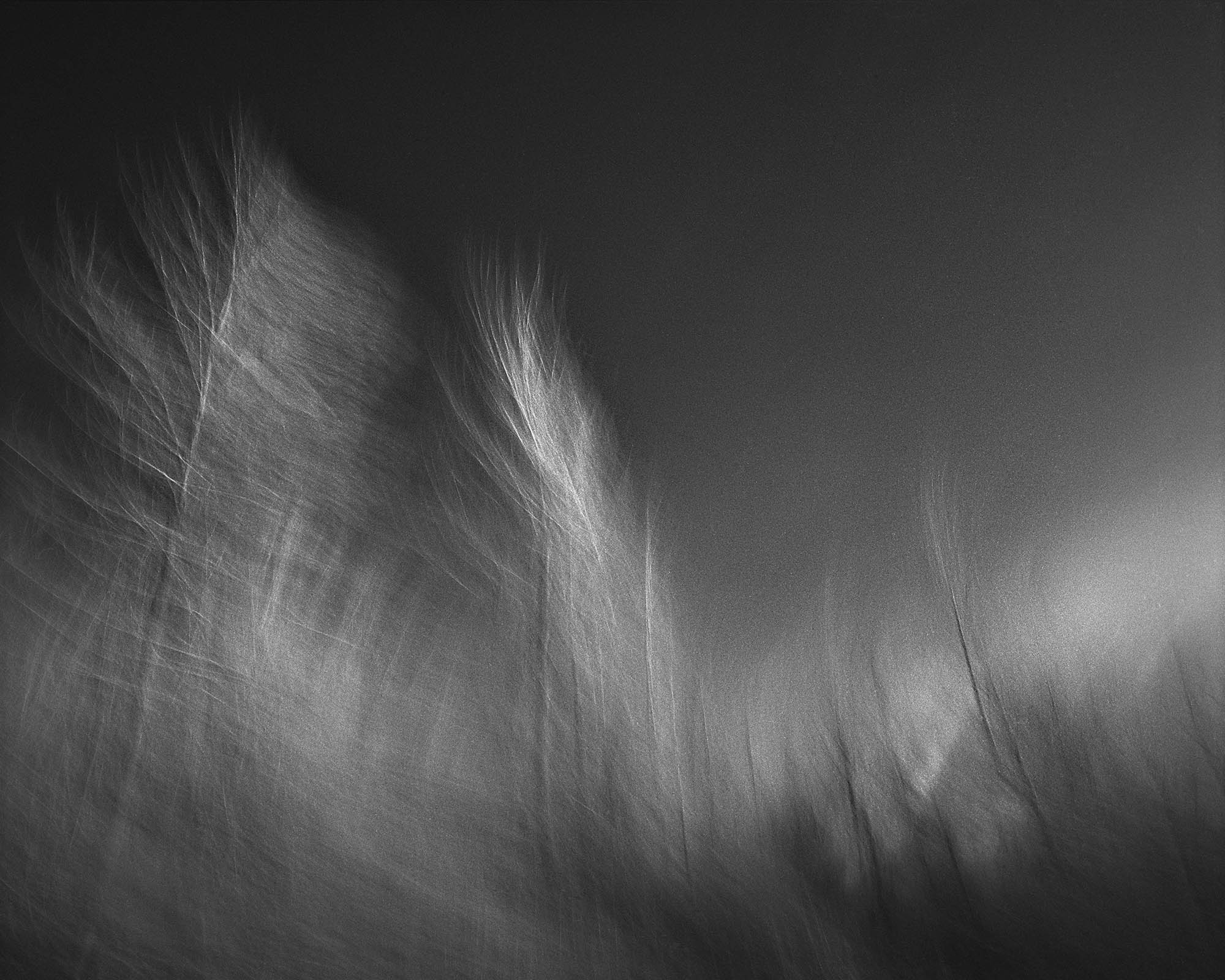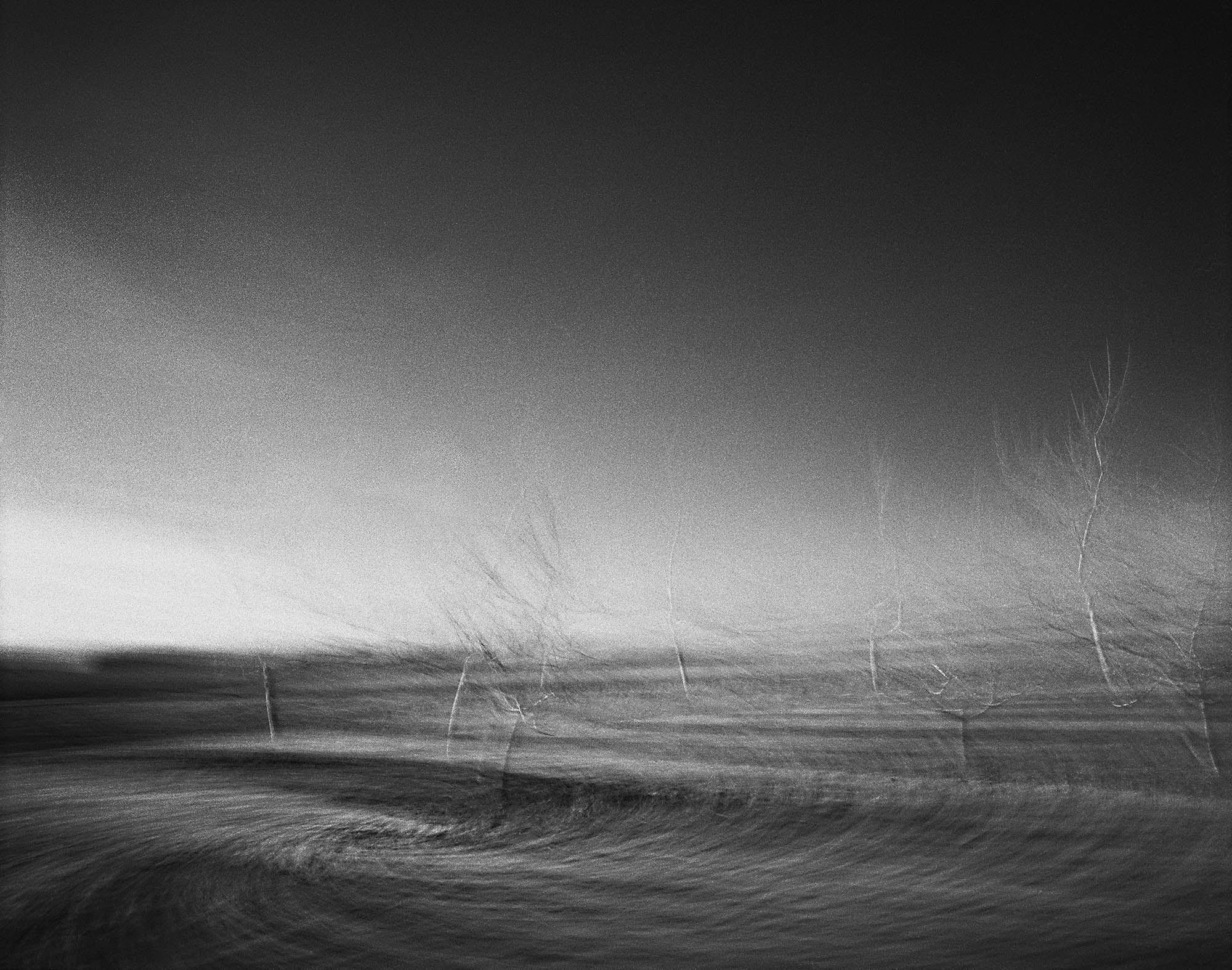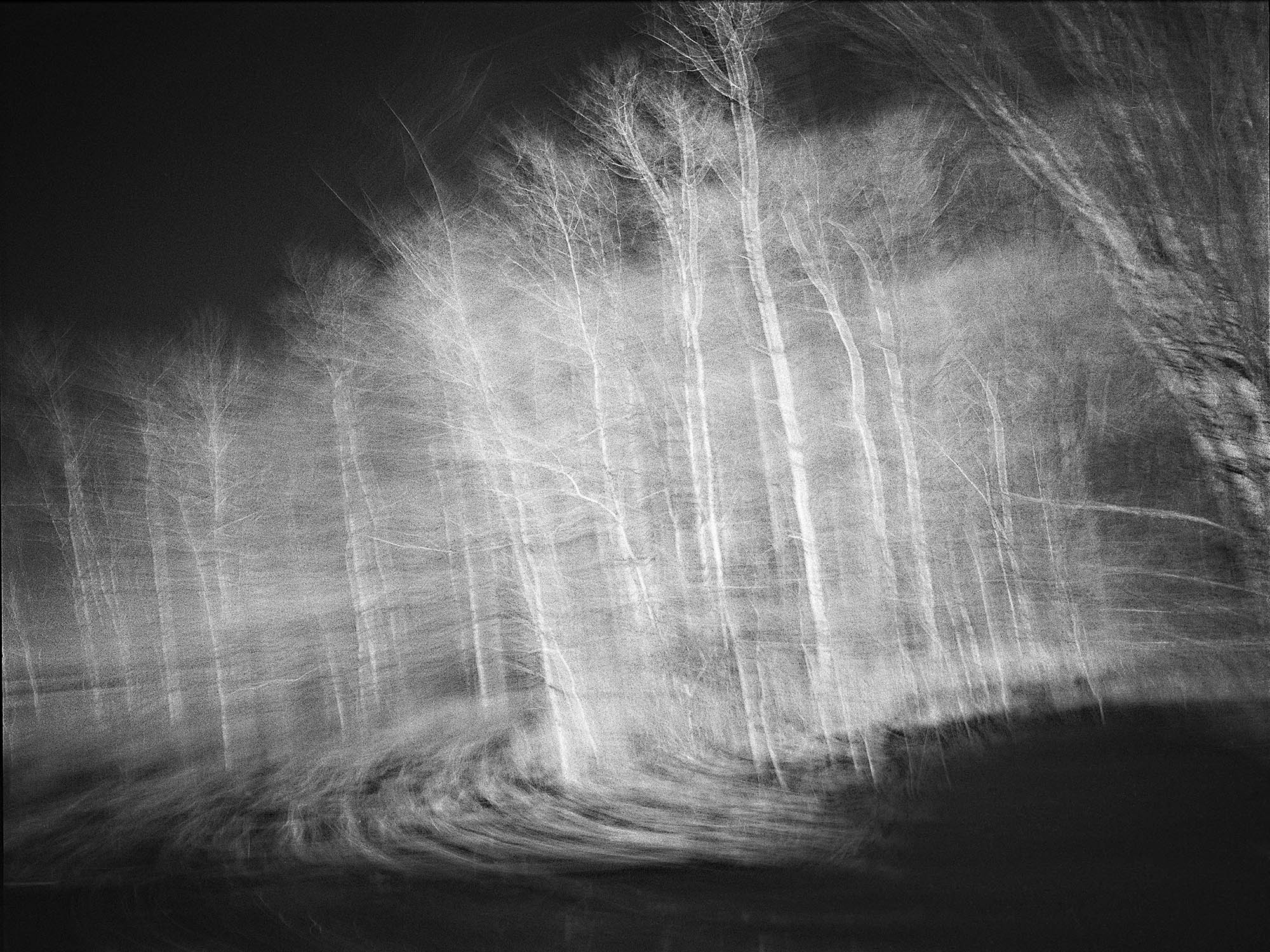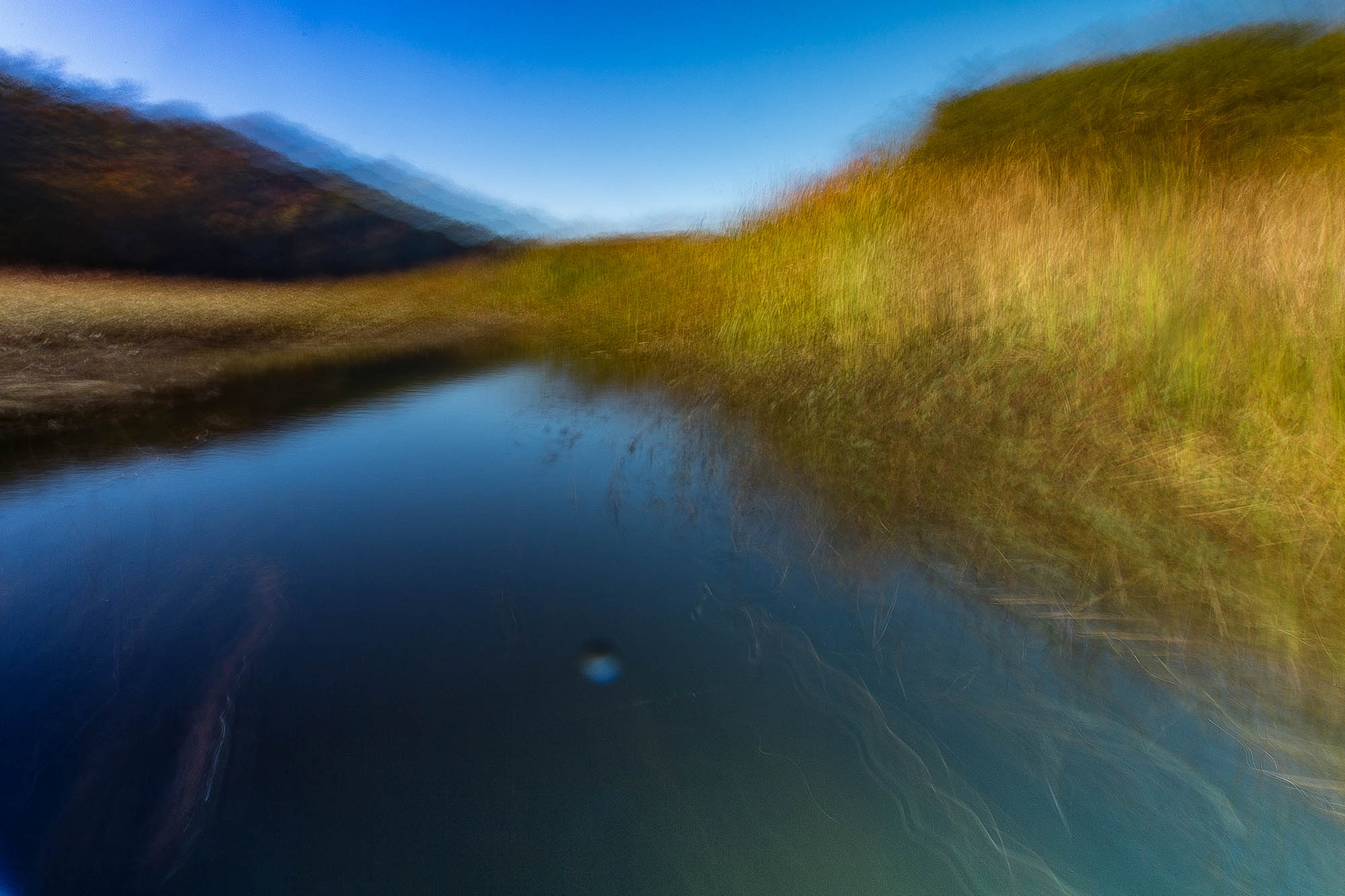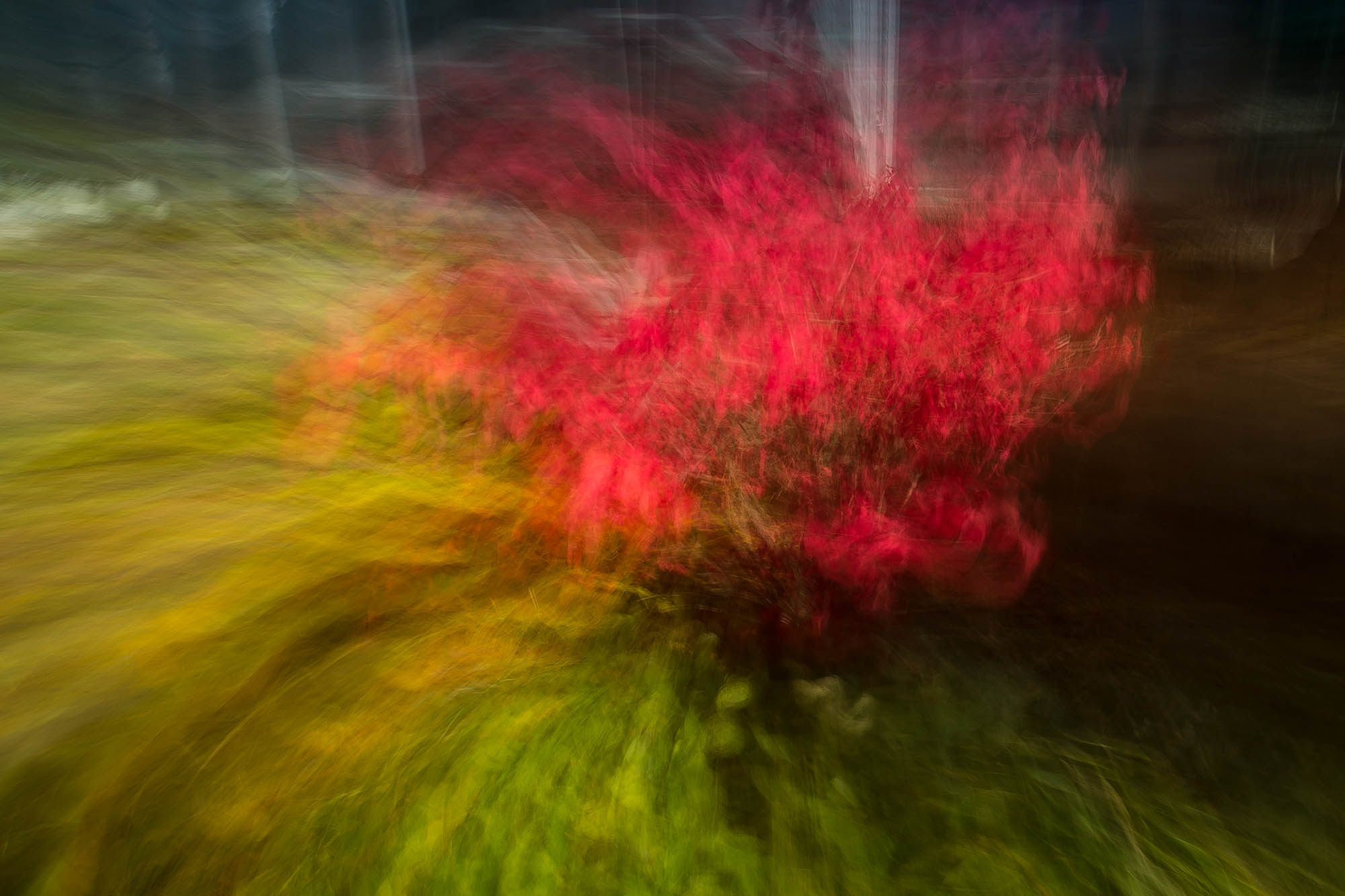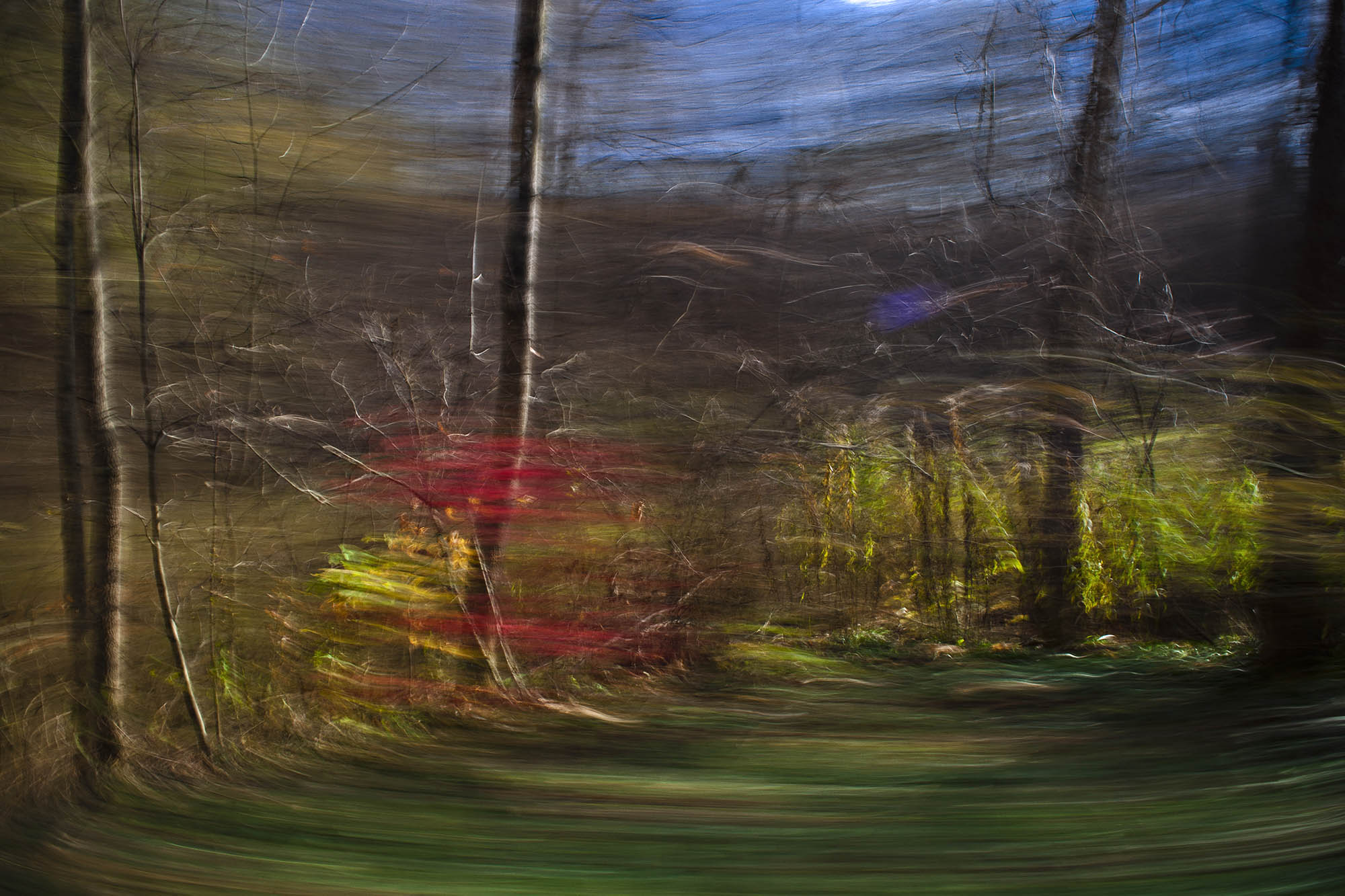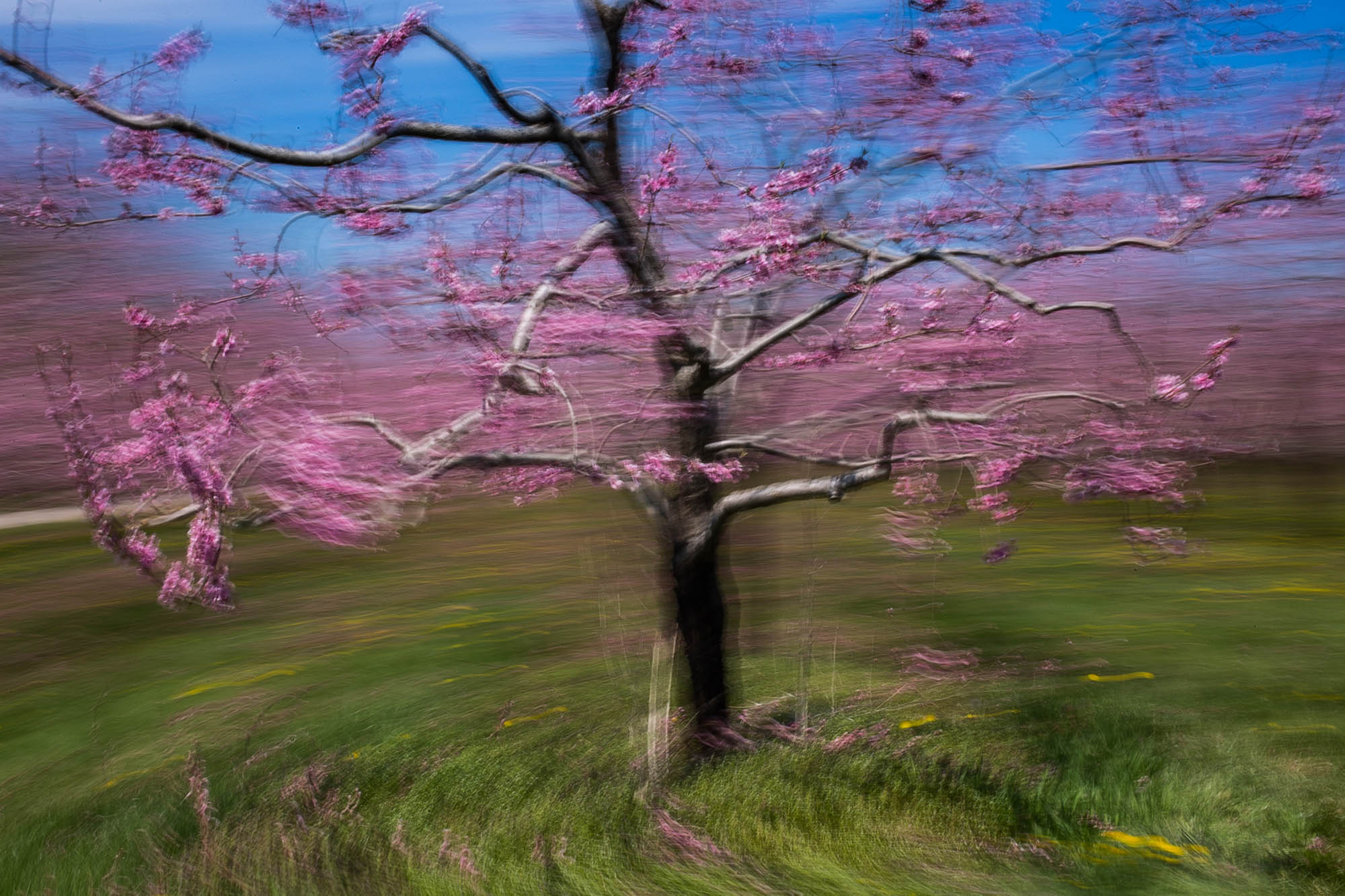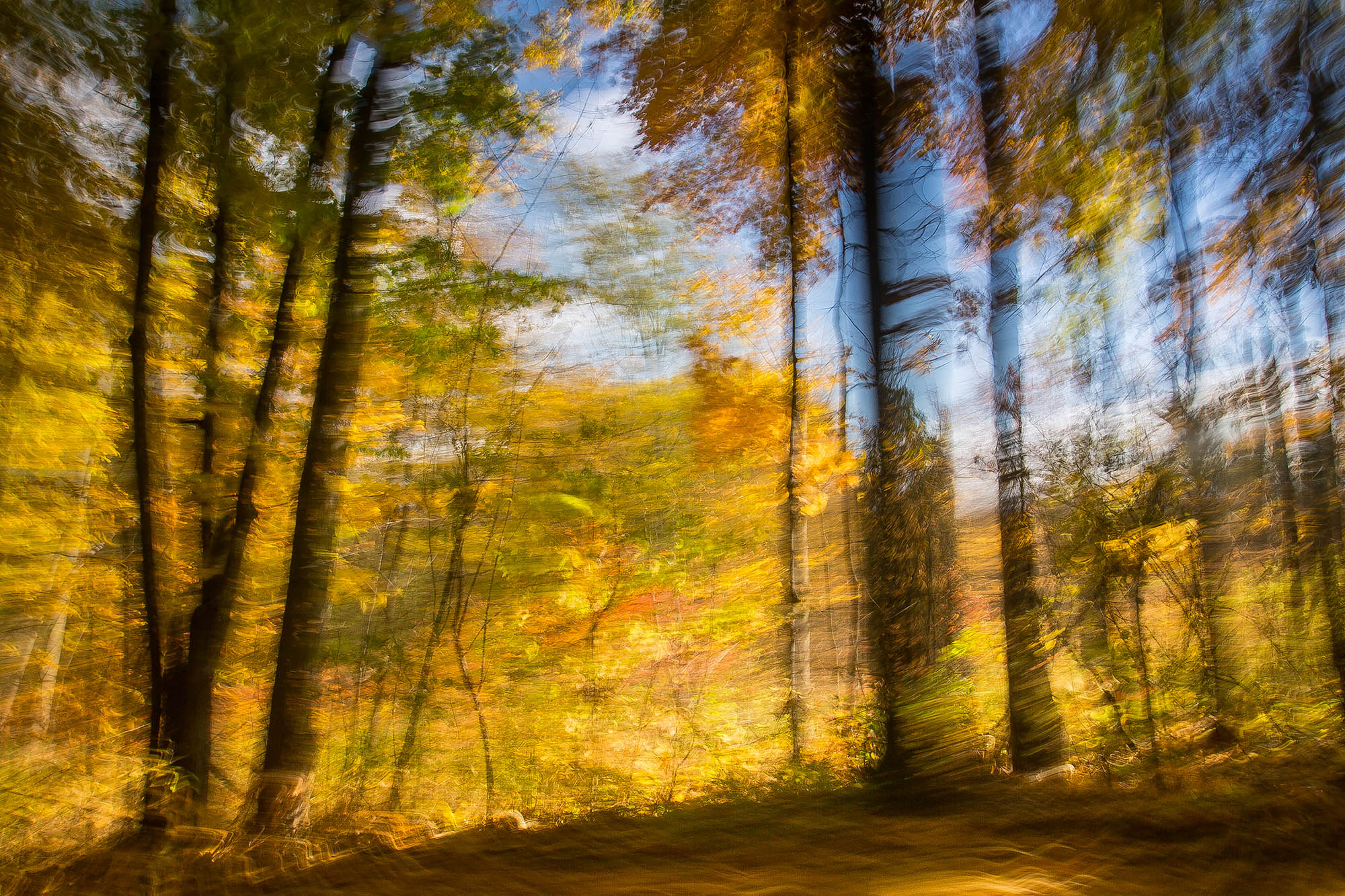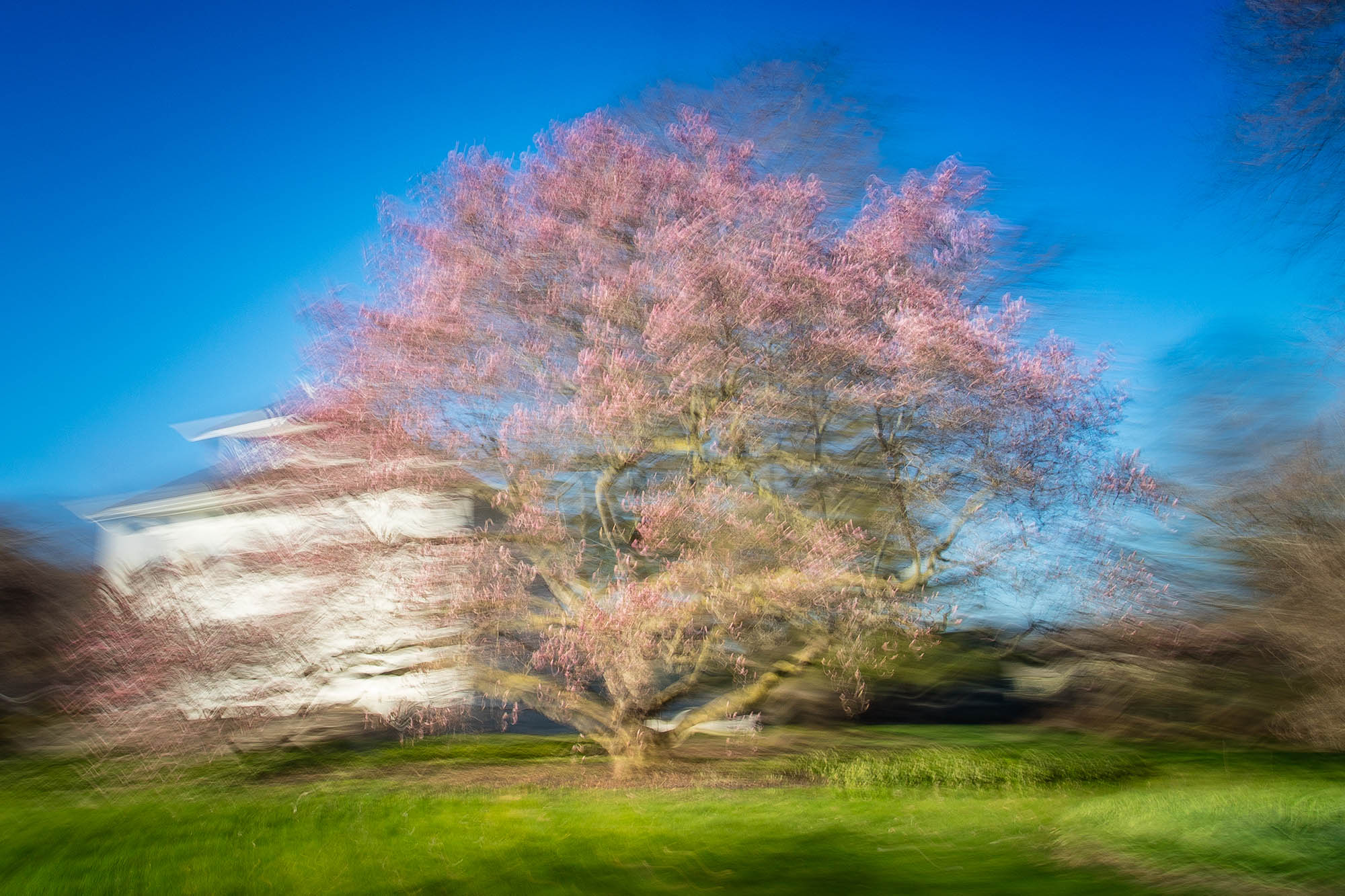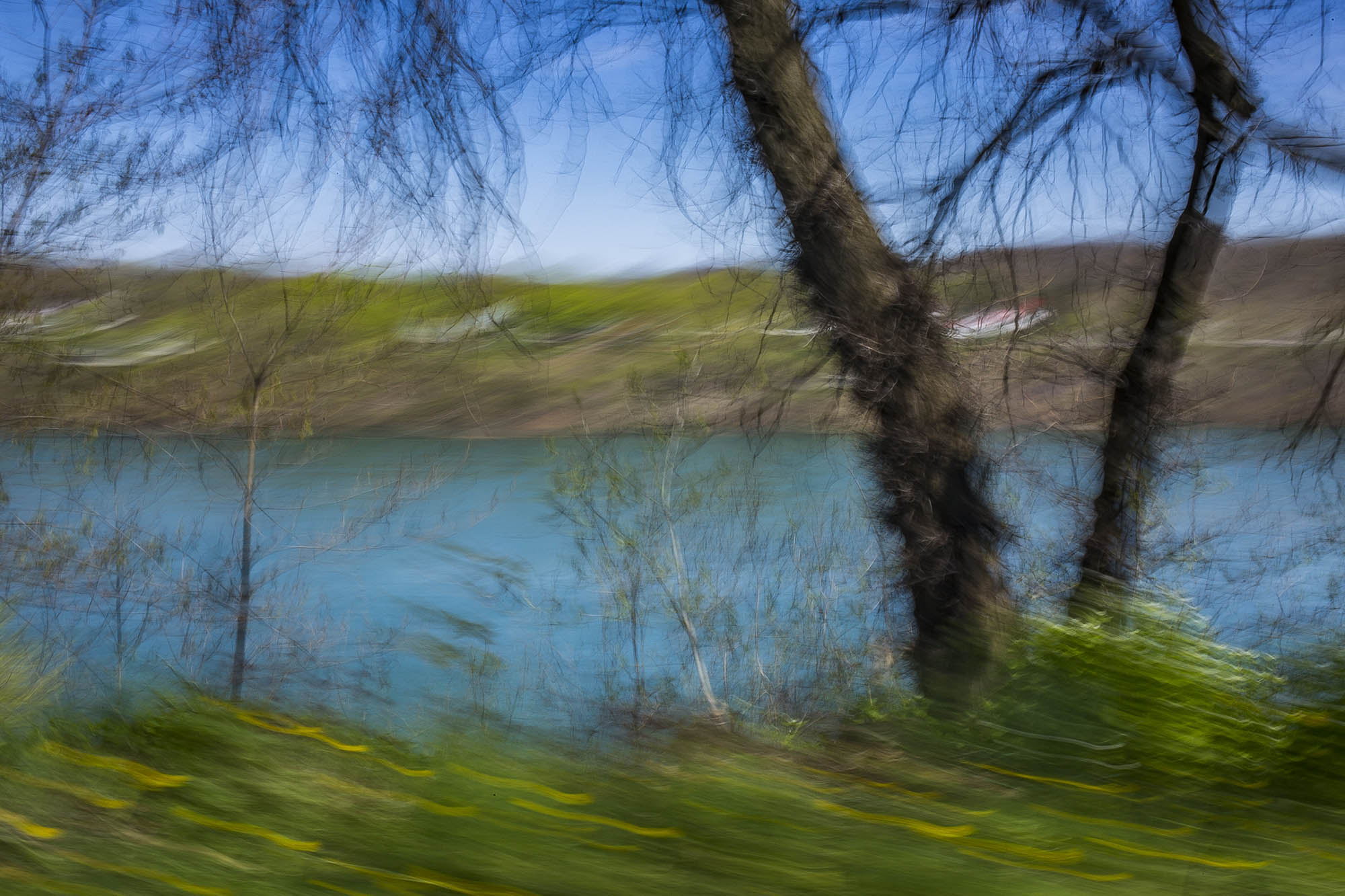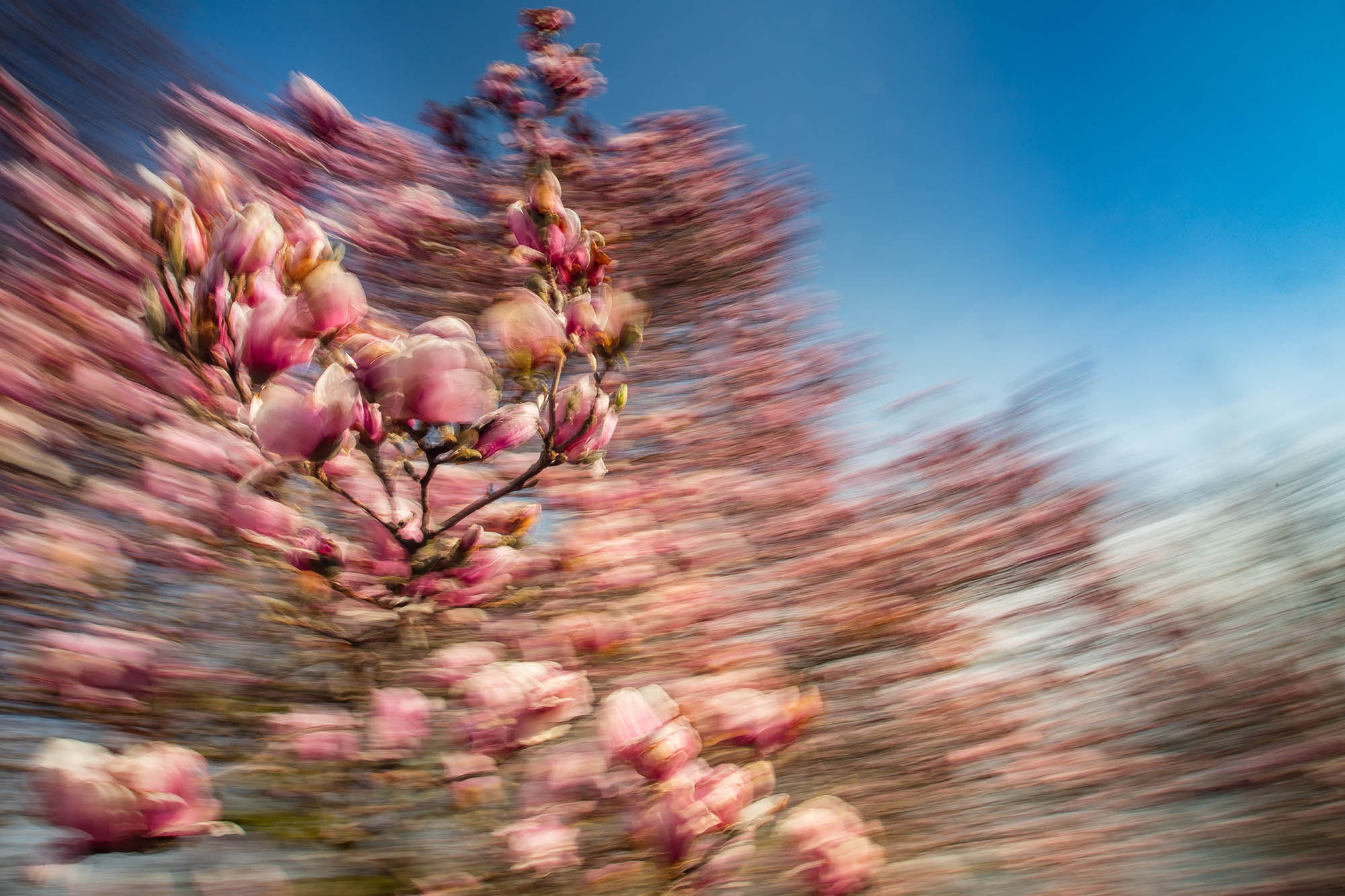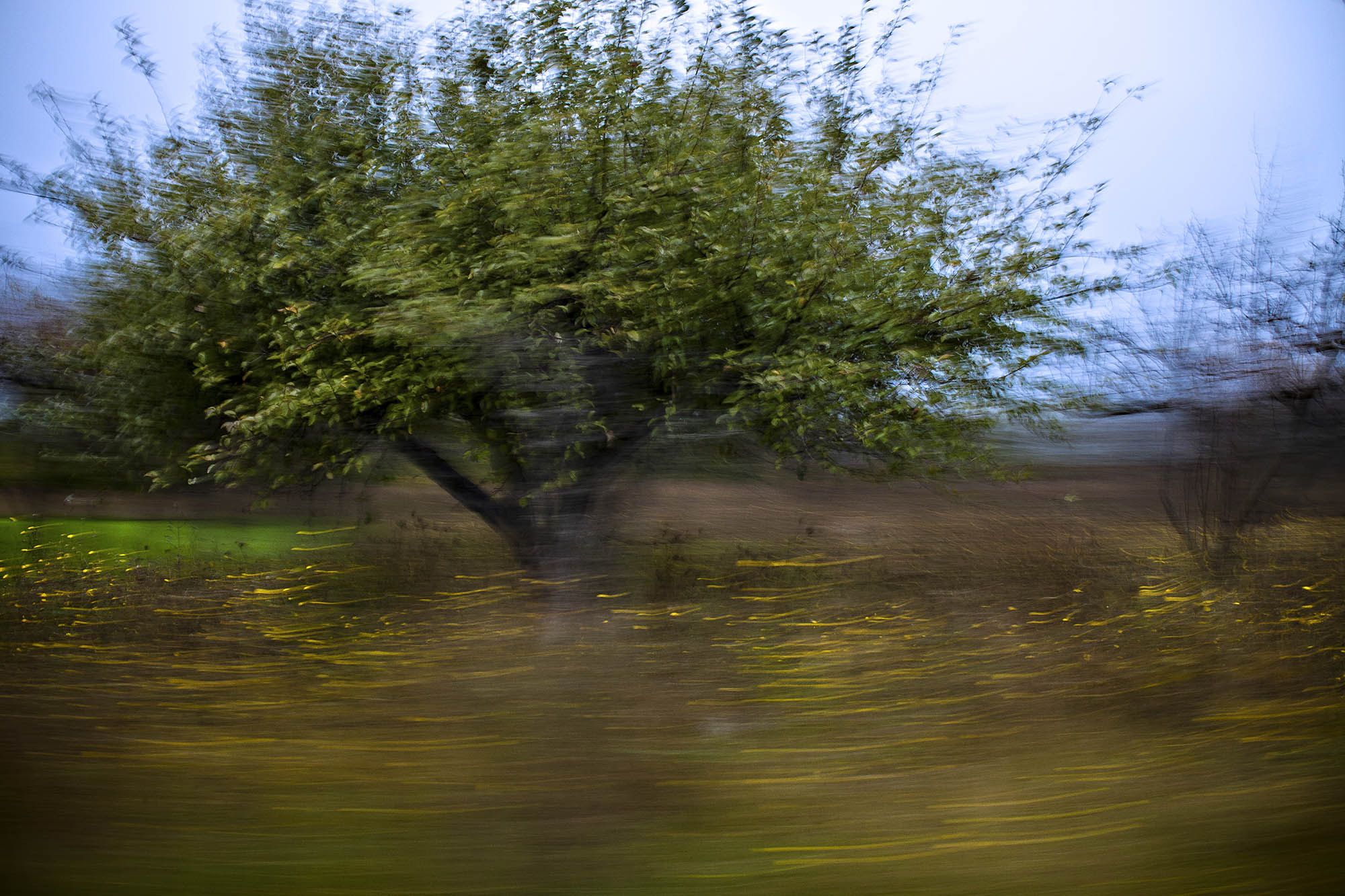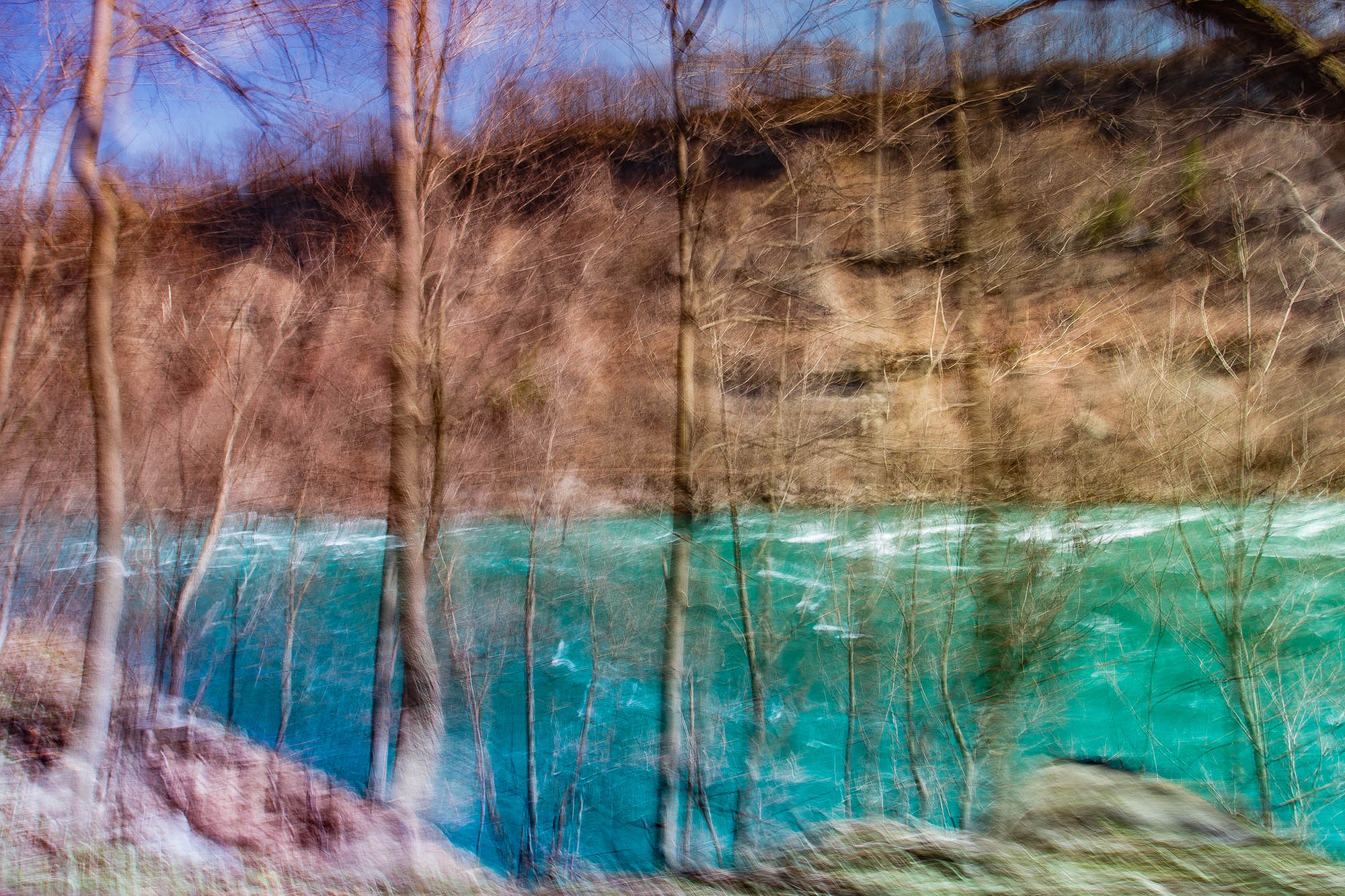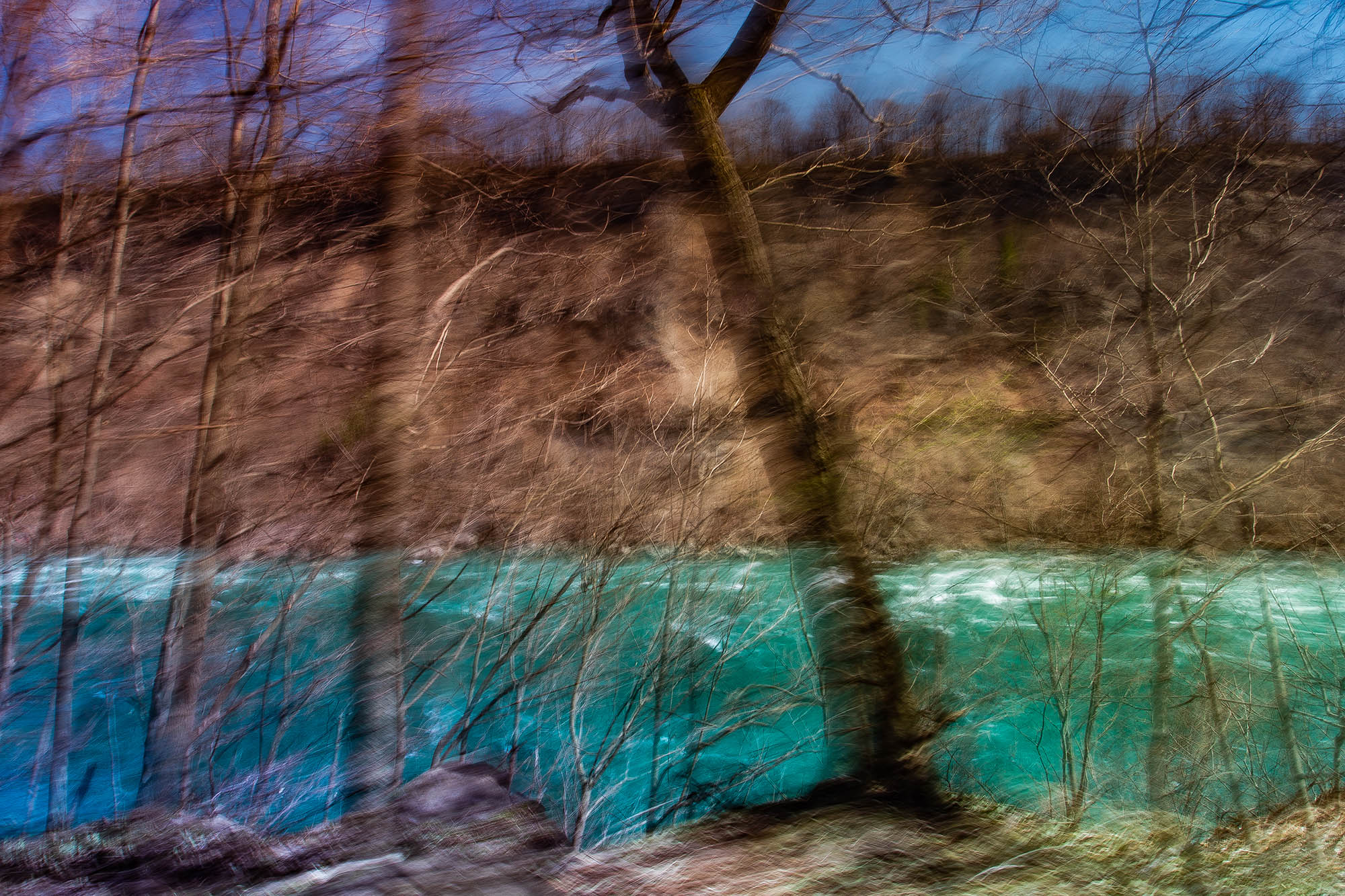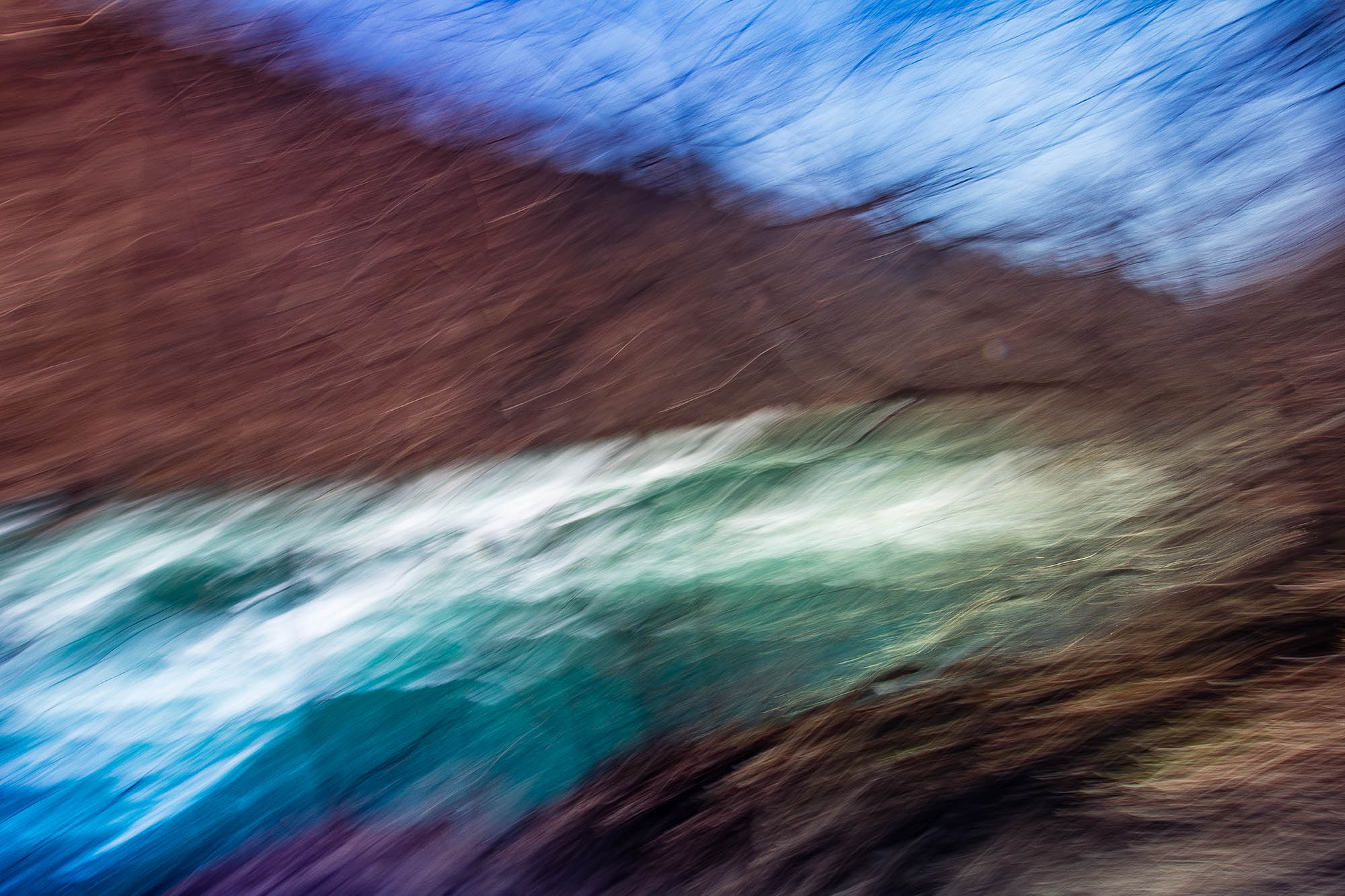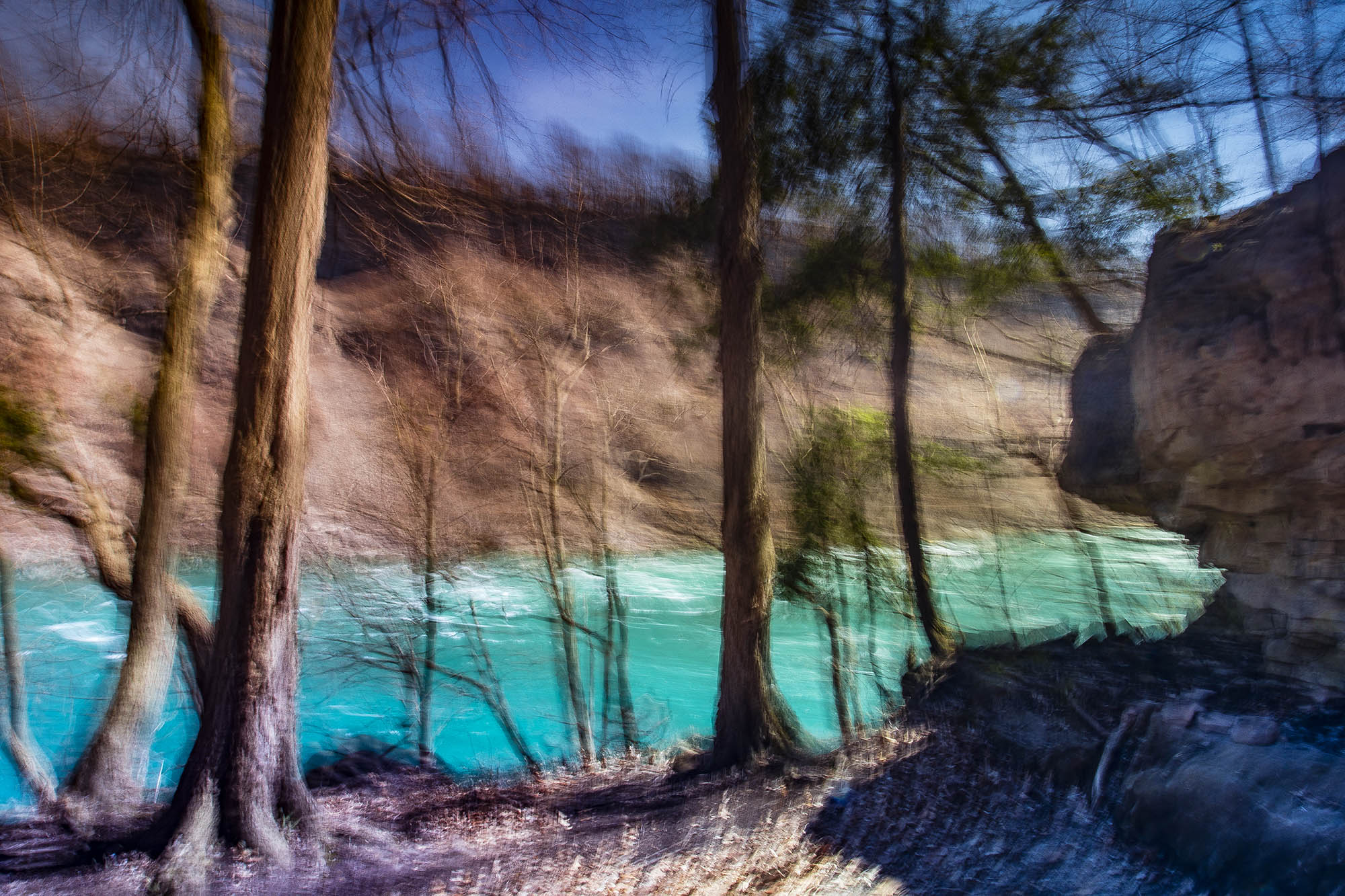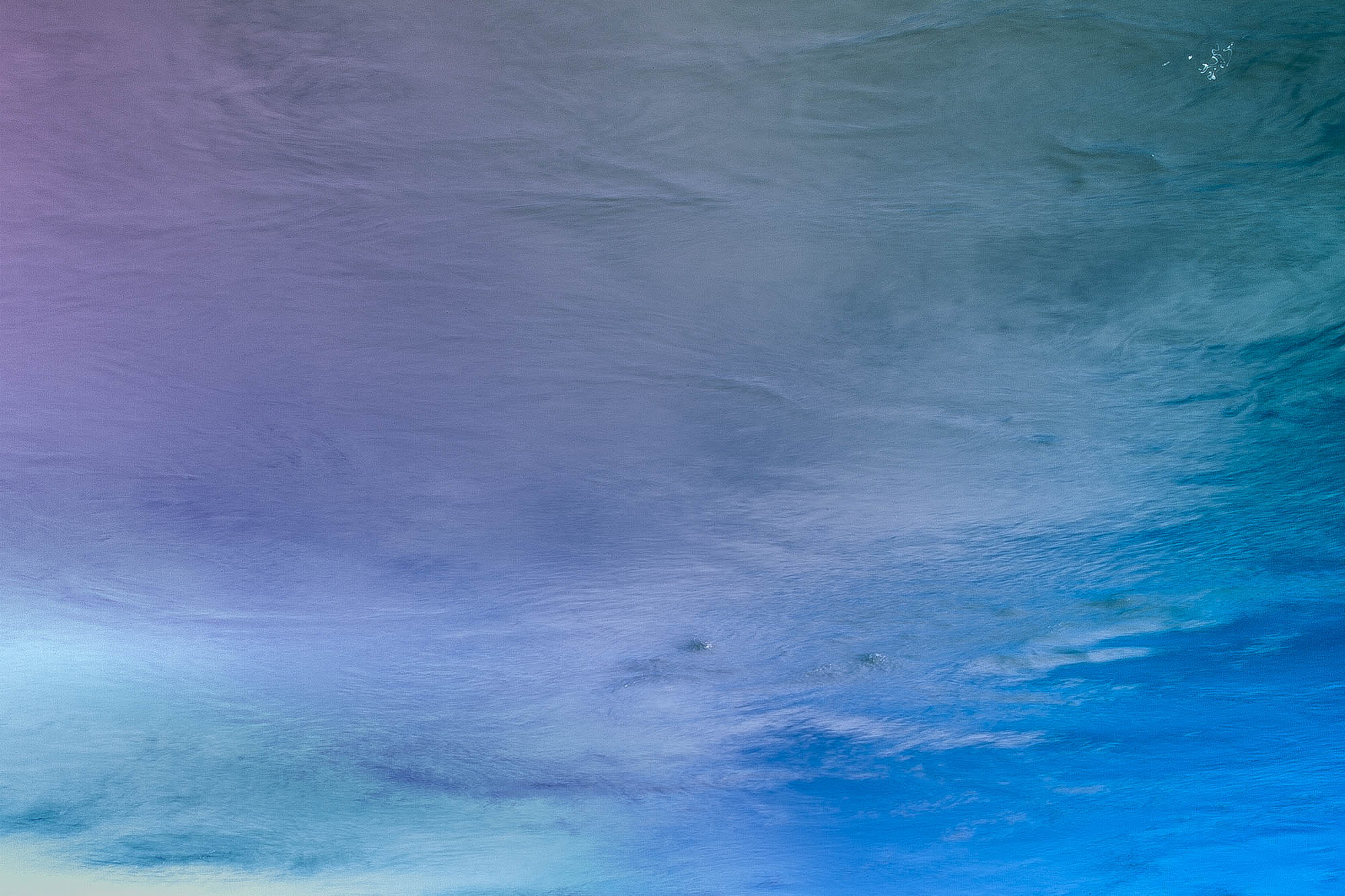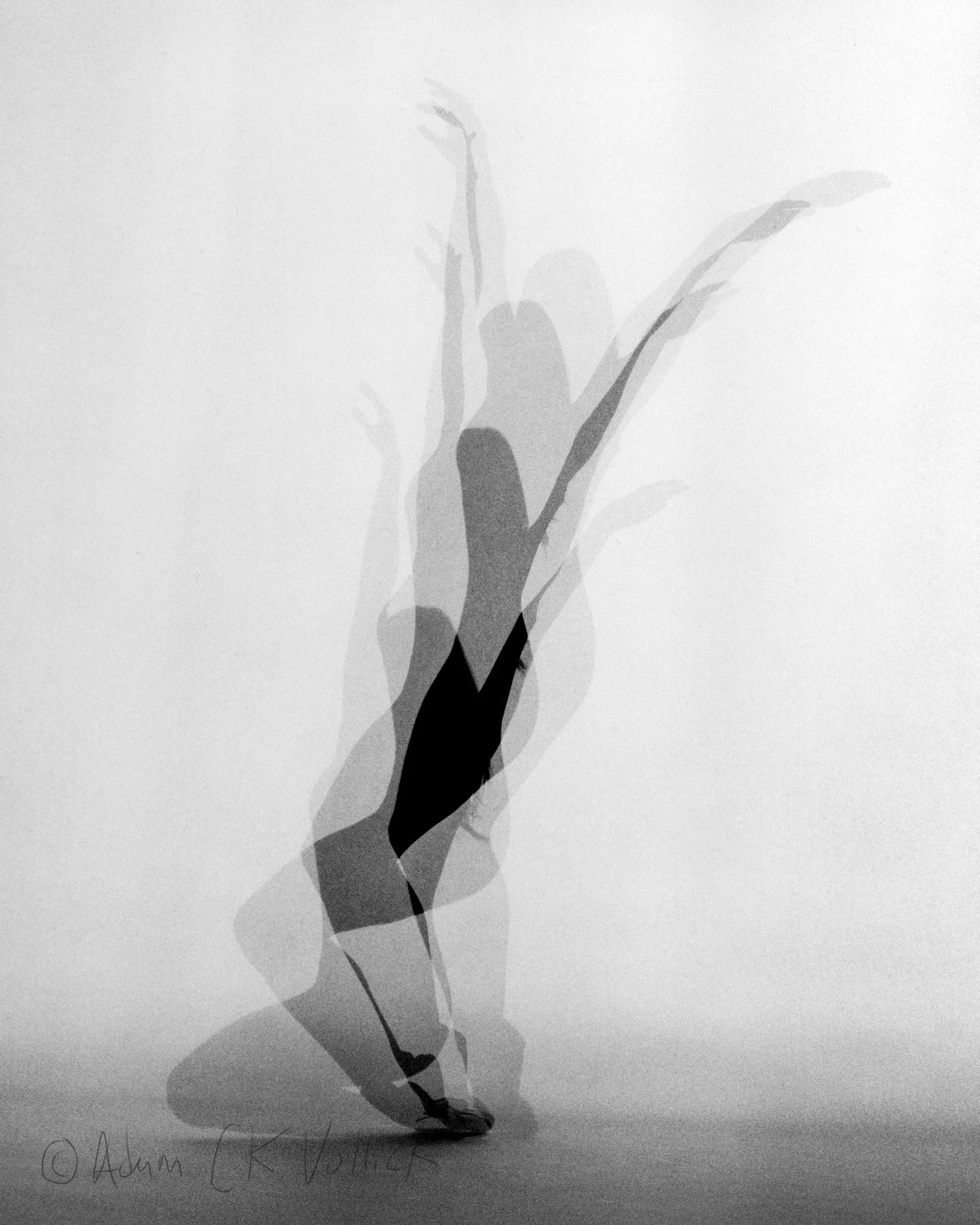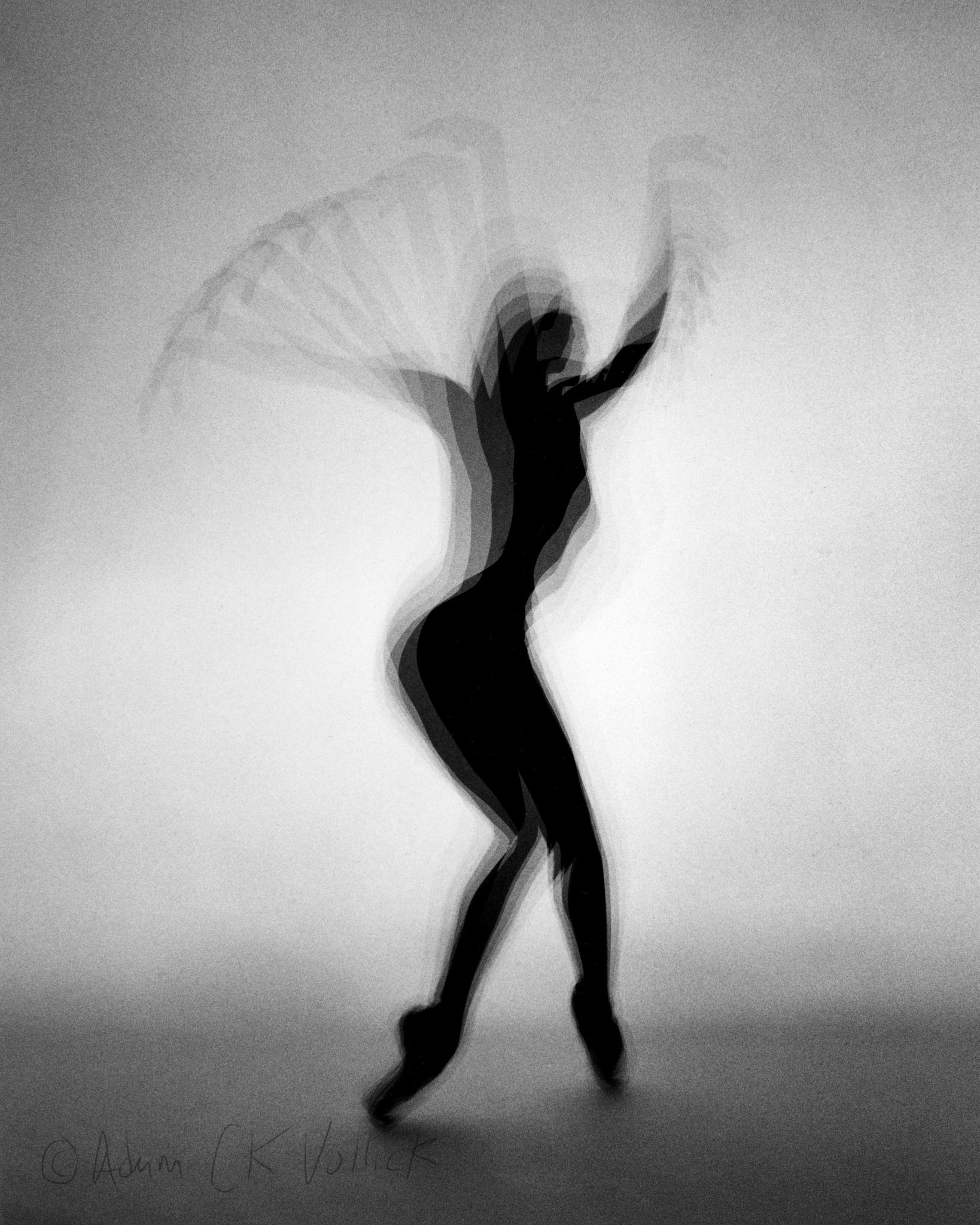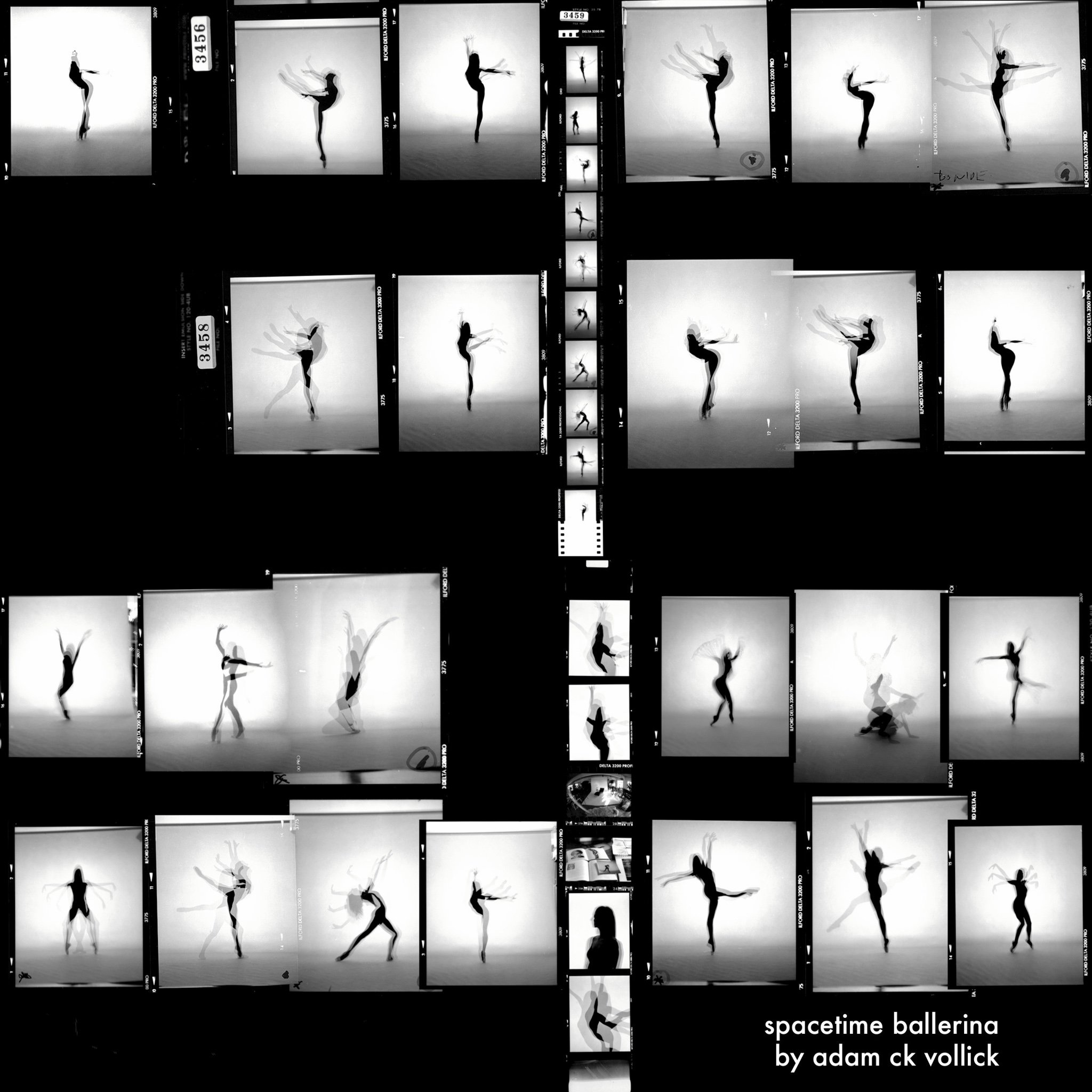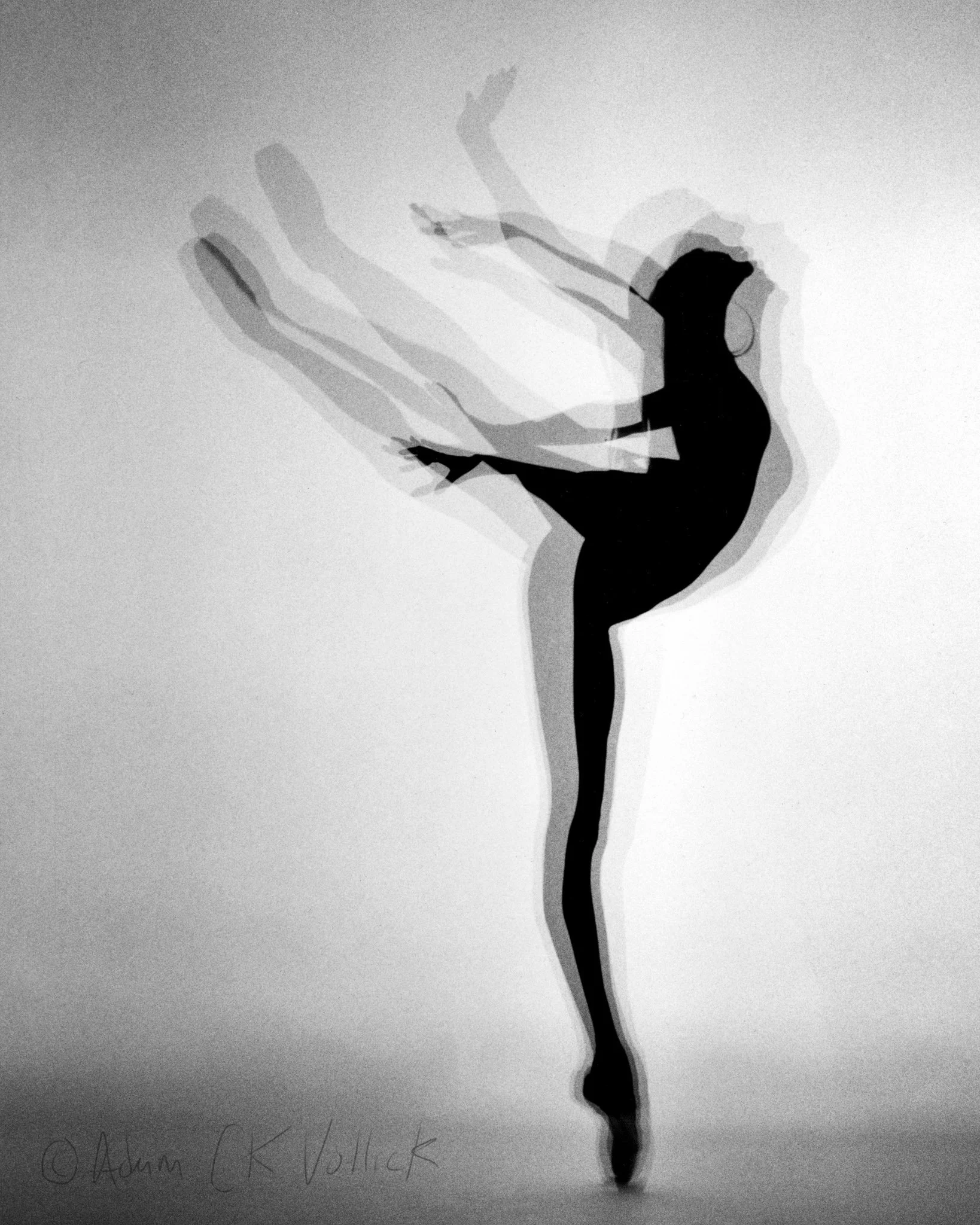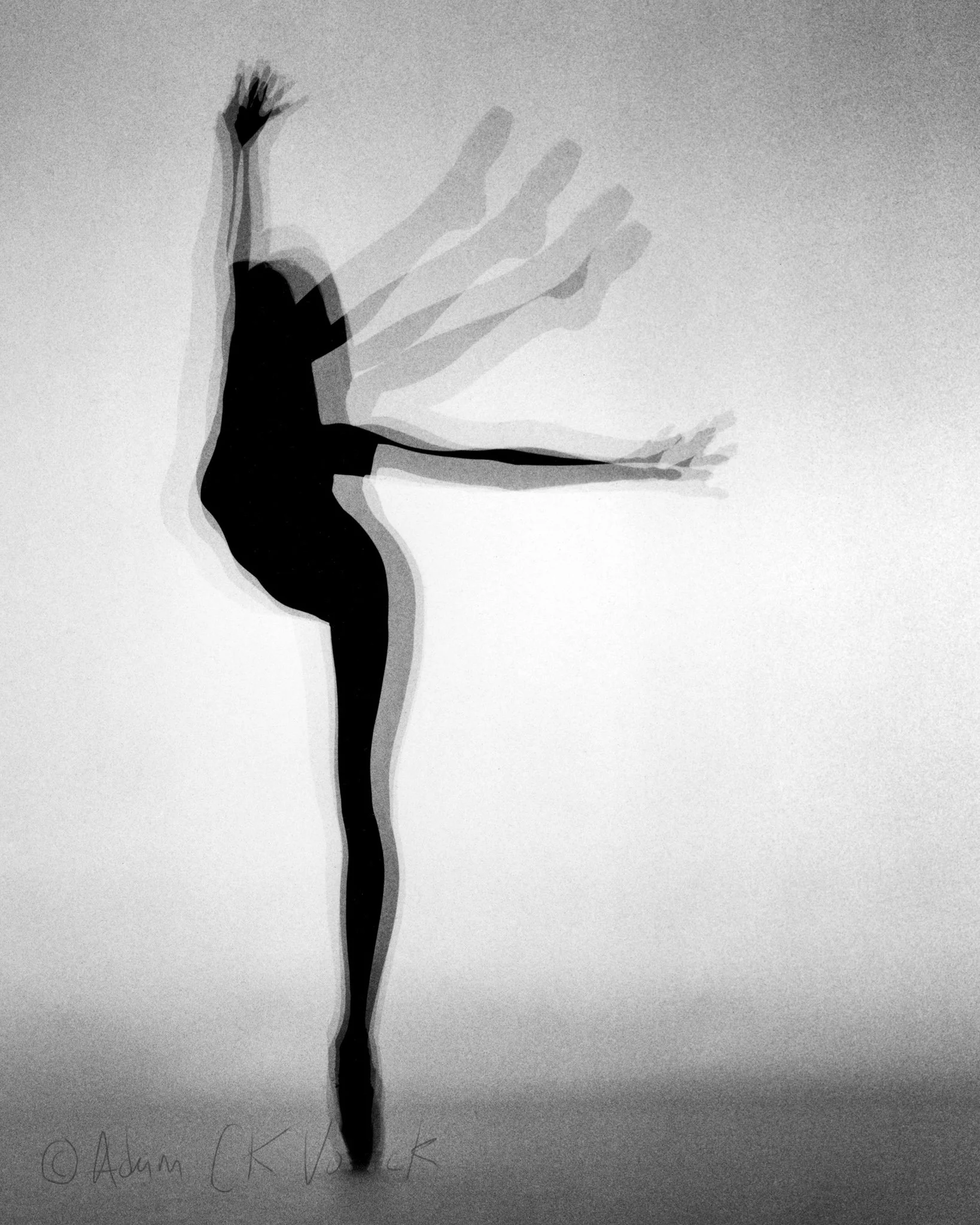SPACETIME PAINTINGS
Sculpting Dilated Moments Into Persistent Frames
UPPER CANADA COLLECTION BOOK PREVIEW
Grammy-nominated cinematographer Adam CK Vollick explores the quantum gap between intent and action through spacetime painting—a photographic methodology that harnesses extended temporal apertures to sculpt dilated moments into persistent frames, revealing the probabilistic nature of motion as it propagates through spacetime.
SPACETIME PAINTING - UPPER CANADA COLLECTION
UPPER CANADA COLLECTION
The Upper Canada Collection documents the entropic decay and temporal memory of Southern Ontario's rural architecture—specifically the Niagara region, a historic part of Canada where I grew up. Many generations after my family fought with Butler's Rangers in the War of 1812, I returned to photograph this landscape. Here in the 21st century, the mighty Niagara still flows, bringing life and energy to this beautiful and unique ecosystem.
These structures exist in their own dilated time: slowly collapsing across decades, quantum states of "standing" and "fallen" superimposed across years. Through spacetime painting, I render this slow-motion entropy visible within single frames. Fixed structures become probability clouds. Weathered barns dissolve into their own histories. The solid geometries of agricultural architecture reveal themselves as temporary organizations of matter resisting—but ultimately surrendering to—thermodynamic inevitability.
Each image captures not just what these places look like, but how they exist across time—as processes rather than objects, as dynamic systems moving along their entropic worldlines toward eventual equilibrium with the earth. The landscape itself becomes formless, like water, responding to the focal point of intent while dissolving at the periphery.
Limited Edition Book Available —
PAINTING WITH LIGHT: A QUANTUM APPROACH TO PHOTOGRAPHY
As a child, I desperately wanted to paint. I was captivated by the idea of capturing what I saw and felt, translating perception into visual form. But every time brush met canvas, frustration followed. My hand couldn't execute what my mind envisioned—the gap between intent and result felt insurmountable.
Then I discovered photography, and everything changed. The camera became my brush, light became my pigment, and time itself became my canvas. I found I could paint after all—just not in the way I'd imagined.
These pictures represent the nature of our universe as I feel it to be. Many believe that matter is rigid, but it is not. Matter is comprised of energy vibrating in vast empty spaces—the rigidity of matter is illusory. Everything we experience is a wavefront, much like a hologram, passing through spacetime. Our senses tell us that our experience has color, taste, texture, volume, intensity, and feeling. In our "reality," we are a construct of our perceptions.
When we transcend our senses and recognize that where we focus our intentions is where our reality is born, we begin to notice that the universe flows around our intent. Spacetime paintings are an exercise in changing the frame of reference—the window of time through which we observe—to exaggerate the relationship between the focal point of our intent and its effect on the surrounding space. You can see: it is formless, like water.
Spacetime painting emerged from this understanding, informed equally by theoretical physics and the visual artists who came before me. Where traditional photography freezes a singular quantum state—Cartier-Bresson's "decisive moment"—spacetime painting embraces temporal superposition. By extending the exposure and introducing controlled movement, I sculpt dilated moments into persistent frames, allowing multiple temporal states to coexist within a single image plane.
This is not metaphor. Einstein's relativity teaches us that spacetime is a unified fabric—time is not separate from space but fundamentally entangled with it. In quantum mechanics, particles exist in probabilistic clouds of potential states until observation collapses them into certainty. My camera becomes an observation instrument that deliberately refuses singular collapse, instead documenting the probability distribution of motion as it manifests across dilated time.
Each spacetime painting captures what Heisenberg's uncertainty principle suggests: the more precisely we try to pin down a moment, the more we lose the momentum—the gesture, the flow, the kinetic truth. By surrendering precision for probability, by allowing temporal blur, I reveal something closer to the actual nature of motion and perception.
I explore the gap between intent and action in a quantum way—my intentional movement initiates the exposure, but I cannot control the final result with certainty. The image emerges from a superposition of my will and physics itself. Control meets chaos. Determinism meets probability. The decisive moment becomes the dilated moment, and painting finally happens.
Collectively, our consciousness shares a common space, yet as individuals we experience time differently—moment to moment. I offer these works to you as meditations on the fluidity of our experience. Visualize your intentions and observe the peripheral response from your environment. Shine the light you have in you on all of our collective experience.
TECHNICAL PROCESS
Temporal Dilation: Exposures ranging from 1/4 second to multiple seconds, allowing motion to propagate across the image plane
Kinetic Input: Controlled camera trajectory—panning, rotation, and gestural movement introduce intentional uncertainty
Quantum Observation: The act of exposure both documents and participates in the moment's unfolding
Post-Processing Philosophy: Minimal intervention—the physics happens in-camera during the dilated exposure event
Each spacetime painting documents what physicists call a "worldline"—the path an object traces through four-dimensional spacetime. Where a conventional photograph samples a single cross-section of this worldline (one instant frozen), spacetime painting integrates across an extended interval, revealing the trajectory itself.
The camera becomes both observer and participant. My intentional movement initiates conditions, but quantum uncertainty, optical physics, and the subject's autonomous motion all contribute unpredictably to the final state. The resulting image cannot be precisely replicated—each exposure captures a unique probability distribution, a singular observation of motion's wave function.
This is painting in the most fundamental sense: applying energy (light) to a surface (the sensor) across time, leaving traces that accumulate into form. But unlike traditional painting where the artist's hand directly controls every mark, spacetime painting emerges from my collaboration with physics itself.
SPACETIME BALLET SERIES - FEATURING TIFFANY MOSHER
The Ballet Series explores human kinetic energy through the lens of classical mechanics and quantum observation. Dancer Tiffany Mosher's body becomes a test particle moving through spacetime, her technical training providing reproducible initial conditions while improvisation introduces controlled uncertainty.
Where traditional dance photography freezes peak moments—the apex of a leap, the full extension of a line—spacetime painting integrates across the entire gesture. The body becomes a continuous field rather than a discrete position. Flesh traces probability distributions through space. The dancer's momentum—her mv, her kinetic truth—becomes visible as luminous trajectory.
These works exist at the boundary between documentation and creation. Mosher's movement provides the input signal, but the camera's temporal integration transforms that signal into something new: not a record of dance, but a collaboration between human will, physical training, and the physics of light propagation. The dancer paints with her body. I paint with time. Physics determines the final form.
HISTORICAL CONTEXT
LINEAGE: WHERE PHYSICS MEETS ART
Spacetime painting exists at the intersection of scientific inquiry and artistic practice, drawing equally from theoretical physics and photographic tradition:
EARLY PHYSICS OF MOTION (1870s-1890s)
Eadweard Muybridge and Étienne-Jules Marey pioneered chronophotography not as art, but as scientific instruments for understanding motion. Their work revealed truths invisible to human perception, proving that all four of a galloping horse's hooves leave the ground simultaneously. They documented worldlines before Einstein formally defined them.
SPECIAL RELATIVITY & SPACETIME (1905)
Einstein's revelation that space and time form a unified four-dimensional manifold fundamentally changed how we understand motion and existence. Hermann Minkowski's spacetime diagrams—visualizations of worldlines through four-dimensional geometry—provide the theoretical framework for understanding what extended temporal aperture actually captures.
QUANTUM MECHANICS & UNCERTAINTY (1920s)
Heisenberg's uncertainty principle and Schrödinger's wave functions introduced fundamental limits to observation and prediction. The Copenhagen interpretation's measurement problem—how observation collapses quantum superposition—parallels the photographic act: the shutter opens, observation occurs, and probability crystallizes into specific form.
ITALIAN FUTURISM (1910s-1920s)
The Futurists' obsession with simultaneity, particularly Giacomo Balla's "Dynamism of a Dog on a Leash" and Duchamp's "Nude Descending a Staircase," attempted to visualize motion and time within static media. They intuited what physics was simultaneously formalizing: that objects cannot be separated from their motion through time.
ABSTRACT EXPRESSIONISM (1940s-1960s)
Pollock, de Kooning, and others embraced gesture, spontaneity, and the act of creation as inseparable from the final work. The painting became documentation of its own emergence—a record of energy transfer across time. This philosophy translates directly into spacetime painting, where the image documents the energy exchange between light, motion, and sensor.
CONTEMPORARY TEMPORAL PHOTOGRAPHY
Hiroshi Sugimoto: Multi-hour seascapes that integrate atmospheric fluctuation across extreme temporal scales
Michael Wesely: Multi-year architectural exposures documenting urban transformation as continuous process
Alexey Titarenko: "City of Shadows" treating crowds as fluid dynamics—human rivers obeying conservation laws
THEORETICAL PHYSICS AS INSPIRATION
Beyond art history, my work draws direct inspiration from:
Path integral formulation (Feynman): The idea that particles simultaneously take all possible paths between two points
Entropy and the arrow of time: Why we perceive time flowing in one direction despite time-symmetric physics
Wave-particle duality: How observation determines whether something behaves as wave or particle
Relativistic effects: How motion through space entangles with motion through time
Spacetime painting attempts to visualize these physics concepts not metaphorically, but as literally as photographic technology allows. The camera becomes an instrument for making theoretical physics perceptible to human vision.
PHILOSOPHICAL FOUNDATION
ON THE NATURE OF CREATION
Art has emotion embedded in it, no matter the medium. Whether through paint, light, sound, or motion, the creative act transfers something ineffable from consciousness into matter—from intent into form.
Photography, when approached as spacetime painting, becomes a meditation on this transfer. The shutter opens, and for that dilated moment, my intention focuses the wavefront of reality into a specific configuration. The camera doesn't merely record what exists—it participates in the observation that brings a particular quantum state into being.
This is the nature of creation: letting go of control while maintaining intent. The best work emerges when I surrender to the process, trusting that the physics will resolve my initial conditions into something I couldn't have consciously designed. The universe flows around intent, and the image documents that flow.
As photographer Minor White wrote, "One should not only photograph things for what they are but for what else they are." Spacetime paintings reveal what motion is—not frozen positions, but continuous waves propagating through the fabric of spacetime itself.
"Everybody knows this is nowhere." — Neil Young

